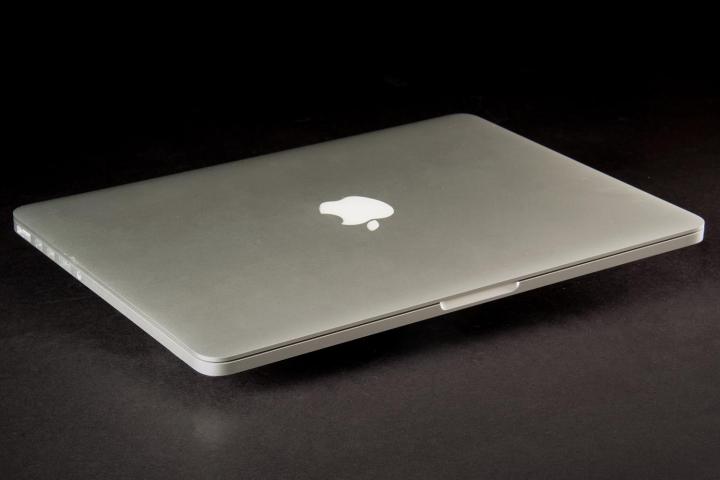
When Apple unveiled the product, it seemed that the addition of Force Touch capabilities was the biggest selling point. The new trackpad design, which debuted at the Spring Forward event back in March alongside the new MacBook, allows the computer to register input based on the pressure applied, as well as provide haptic feedback to the user.
Apple hailed the new technology as a huge breakthrough, and the fact that it’s being rolled out across the company’s range of products suggests that it’s set to play a major role in the Apple ecosystem moving forward. However, it might be the change to the MacBook Pro’s flash storage that makes it a truly worthy upgrade.
The PCIe-based flash storage used in the new 15-inch MacBook Pro is 2.5 times faster than the storage used in previous generation machines, according to a report by Mac Rumors. The site goes on to refer to tests carried out by MacGeneration that demonstrate the device’s capacity to write to memory at 1.25GB/s and read from it at 2GB/s.
These speeds make the 15-inch MacBook Pro’s storage the fastest across Apple’s entire range of laptops. You would be forgiven for thinking that the low-key announcement of the upgrade would indicate that it wasn’t too great of a jump, but these tests reveal that Apple is still quite intent on maintaining the popularity and relevancy of the MacBook Pro brand.
The 15-inch MacBook Pro is available to order now from the online Apple Store.
Editors' Recommendations
- The XPS 16 is fighting an uphill battle against the MacBook Pro
- MacBook Pro 16 vs. MacBook Pro 14: The important differences
- The case for buying the M2 MacBook Air over the M3 model
- Which color MacBook should you buy? Here’s how to pick
- Why you should buy a MacBook Air instead of a MacBook Pro


